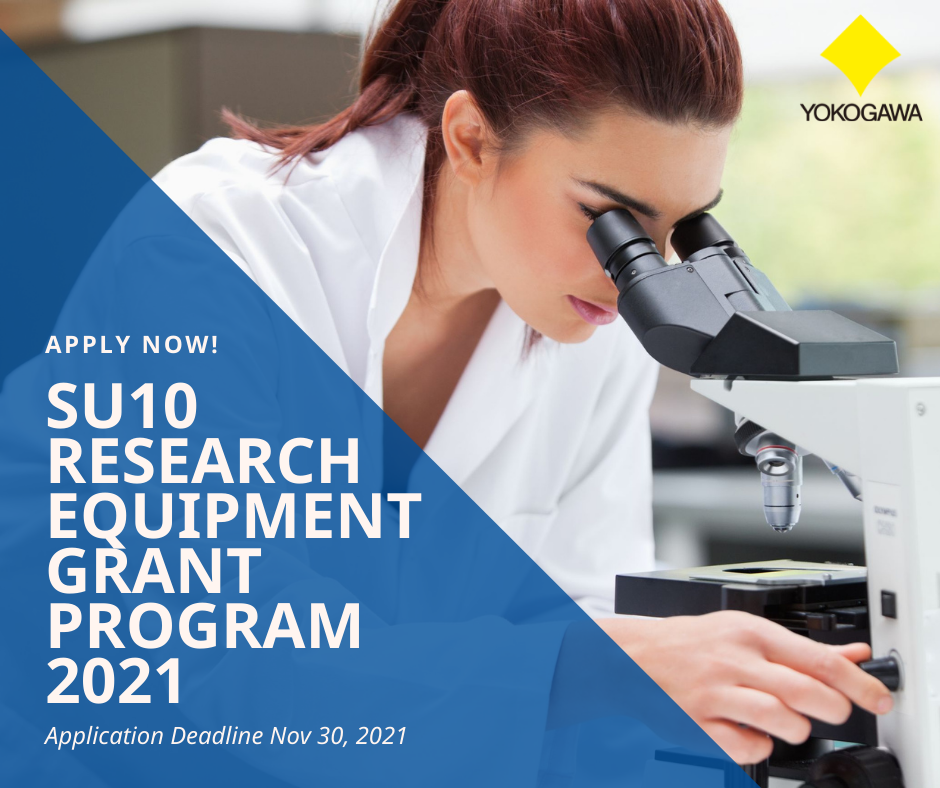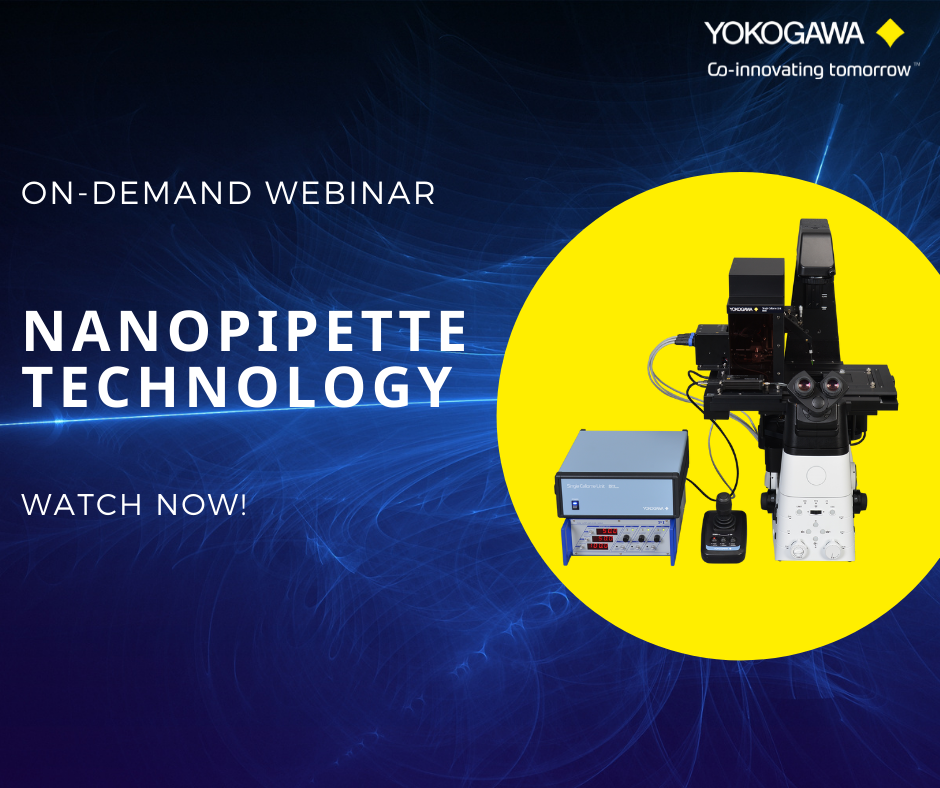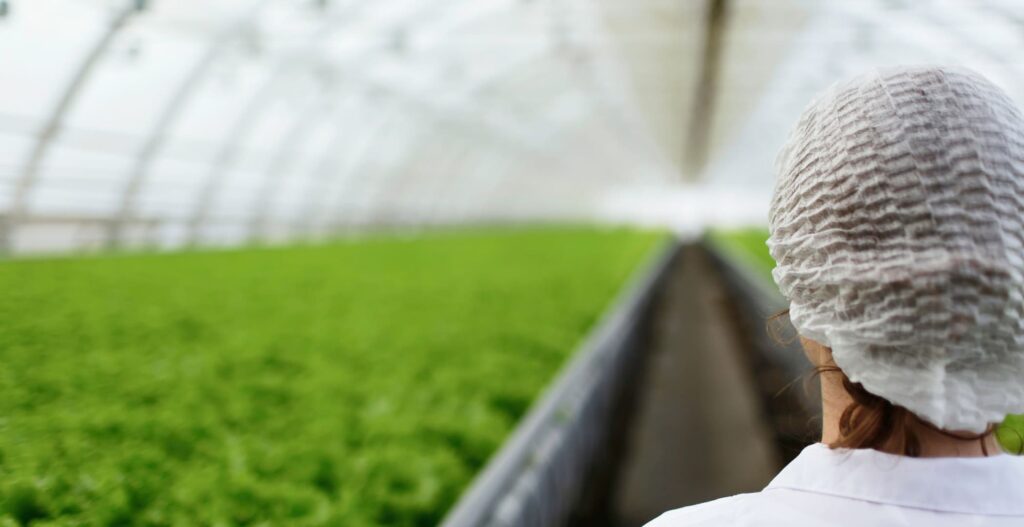We are more than excited. After days of planning, discussing, and envisioning, our vision finally comes true. Yokogawa proudly presents a grant program dedicated to our brand-new solution for single-cell manipulation. The SU10 Research Equipment Grant Program Europe offers researchers the chance to apply for the free use of the Single Cellome™ Unit SU10. The grant period is for six months. You will get detailed training from an application specialist and ongoing technical support. So whenever the winner or any other SU10 user needs support during working hours, we will be there for you.
Who can apply for the SU10 Research Equipment Grant Program?
Graduates, researchers, and scientists from Europe may apply for the SU10 Research Grant Program. Both academia and industry are welcome.
[vc_cta h2=”SU10 Research Equipment Grant Program 2021″ color=”peacoc” add_button=”bottom” btn_title=”Apply now!” btn_color=”warning” btn_link=”url:https%3A%2F%2Fcp.yokogawa.com%2FSU10-Research-Equipment-Grant.html%3Fid%3Dblog|title:Go%20to%20Grant%20Application%20page|target:_blank”]Would you like to try our solution for single-cell manipulation, SU10, for six months for free? Bring your research to the next level? Don’t hesitate and apply today.
Submissions are open until November 30, 2021.

Functions of SU10
The SU10 is a minimally invasive intracellular nano-delivery system. The penetration and manipulation of cells are automated by using a nanopipette. Its low invasiveness is a huge advantage that enables the manipulation of single living cells without damaging the cell. In internal experiments, the SU10 convinced with a 95% success rate.
As the SU10 does not come with a microscope, you can integrate microscopes of different manufacturers.
https://youtu.be/AcbEmEfLOZQ” title=”How the Single Cellome™ Unit SU10 works
Research areas for SU10
When it comes to application areas for the SU10, you are not limited to gene-editing. Even though the SU10 would be a very helpful tool for gene-editing because of its ability to manipulate cells which are usually hard-to-transfect.
Examples for research topics are:
- Neuroscience
- Cancer
- Virus
- Developmental biology
- Regenerative medicine
- Agricultural research
- Animal reproductive field
- Yeast and microorganisms
If you have an idea how to use the SU10 in a research area that is not mentioned here, please also send us your application. We’re curious to get to know more about your research project.
Time to Shine
The winner will have the chance to influence further updates of the product by giving us technical feedback. Once you get familiar with the SU10, you might see at your day-to-day work what already simplifies your routines and what could be improved. Listening to the voice of customers is very important for us as we try to produce products that are as consumer-friendly as possible.
Have you dreamed of presenting your research results to a larger audience? After conducting research with the SU10, you will have the chance to shine: We’ll produce a webinar solemnly dedicated to the grant winner’s research results. Use this opportunity to tell the scientific world which valuable research insights you and your research group have found.
Further, we’ll work on one (or more) application notes with you, depending on the scope of the research project.
Apply today for our SU10 Research Equipment Grant Europe
Does this sound tempting to you? Send your application today!
Send your CV and a description of your research project to lifeinnovation@de.yokogawa.com.
[vc_cta h2=”On-Demand Webinar: Nanopipette Technology – A new Tool for Single-Cell Analysis” color=”peacoc” add_button=”bottom” btn_title=”Watch the Webinar” btn_color=”orange” btn_link=”url:https%3A%2F%2Fcp.yokogawa.com%2FNanopipette-Technology.html%3Fid%3DBlog_Banner_LIB|title:Watch%20the%20webinar|target:_blank”]Would you like to get first-hand details about the nanopipette technology of the SU10? Professor Nader Pourmand (University of California Santa Cruz) discuss the incorporation of electrical measurements into nanopipette technology in this webinar. He presents results showing the rapid and reversible response of these subcellular sensors to different analytes such as antigens, ions, and carbohydrates.





